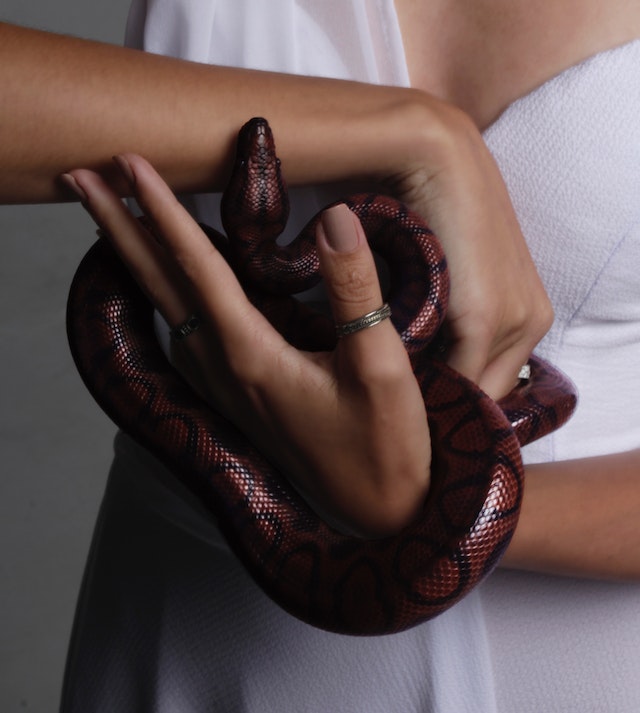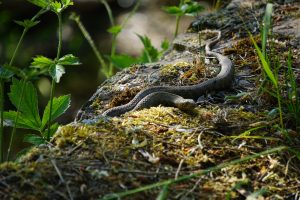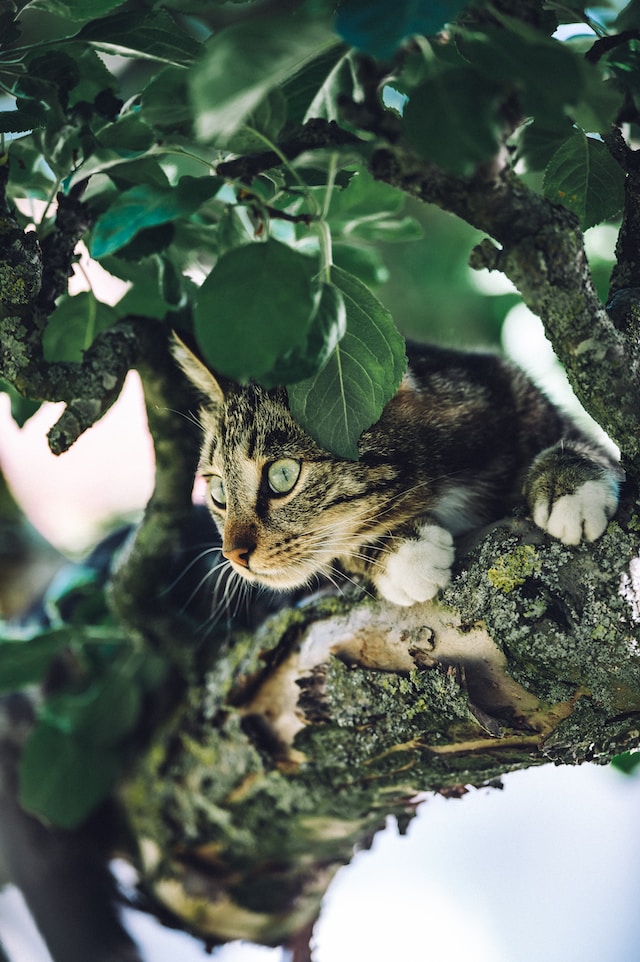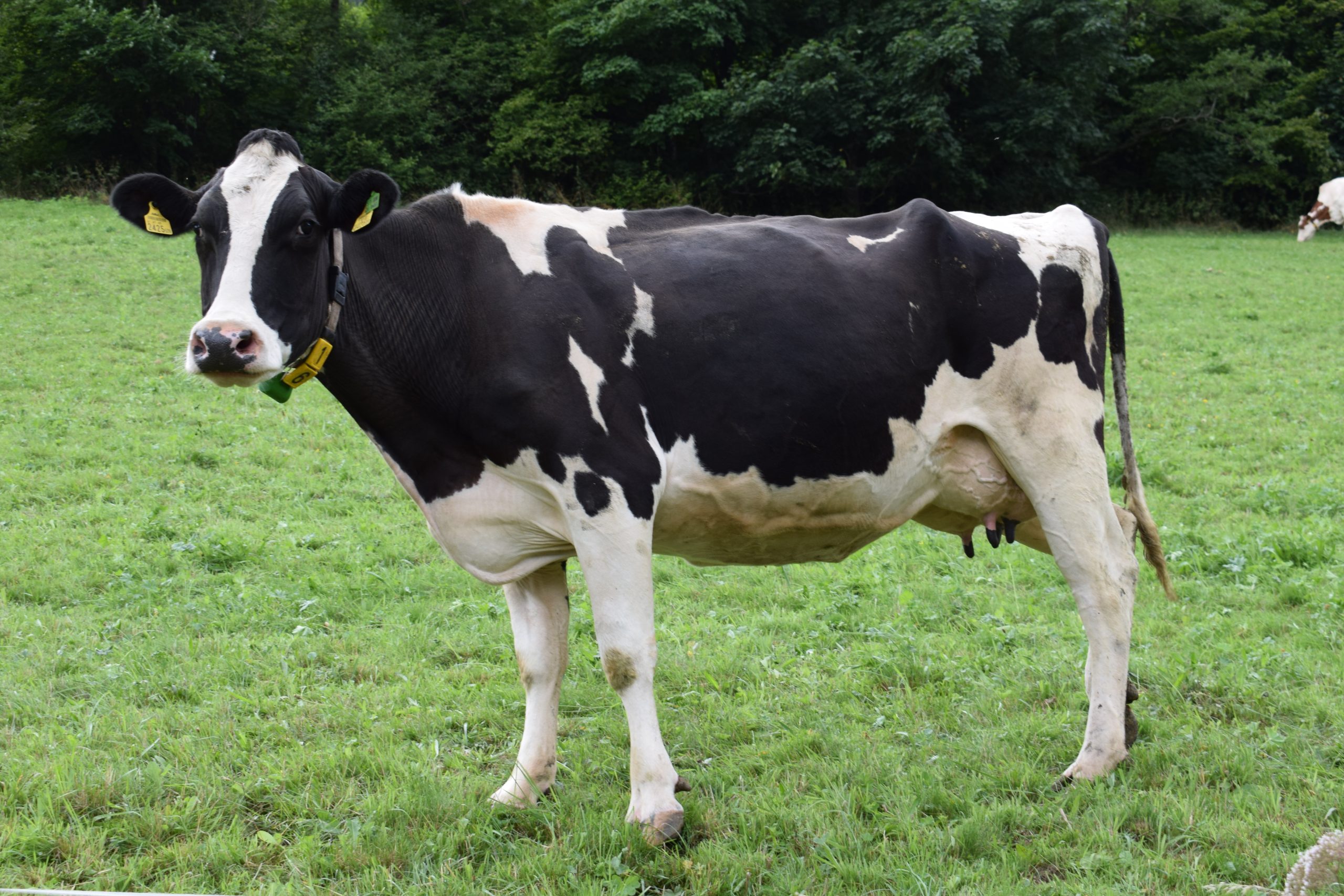Deadly Snakes Lurking in Your Backyard
In the quiet corners of our homes, amidst the lush greenery of our gardens, and beneath the cover of darkness, there lies a hidden menace that we often overlook: deadly snakes lurking in our very own backyards. Today, we embark on a journey of discovery, guided by the expertise of renowned herpetologist, Dr. Sarah Walker, to shed light on these enigmatic creatures and understand how to coexist with them safely.
Meet the Expert: Dr. Sarah Walker
Before delving into the world of these backyard serpents, let’s get acquainted with the expert who will be our guide. Dr. Sarah Walker is a distinguished herpetologist with over two decades of experience studying reptiles. Her extensive research and contributions to the field have made her a trusted authority on the subject. Dr. Walker’s insights into the world of deadly snakes will provide you with invaluable knowledge to navigate your backyard with confidence.
Identifying the Venomous Culprits
It’s essential to know your neighbors, especially when some of them come with venomous fangs. Dr. Walker emphasizes the importance of snake identification. Our informative table below provides an overview of common venomous snakes found in North American backyards, their distinctive features, and the regions they inhabit:
| Snake Species | Distinctive Features | Habitat |
|---|---|---|
| Copperhead | Copper-colored head and body | Eastern and Southern United States |
| Eastern Diamondback | Diamond-like patterns | Southeastern United States |
| Timber Rattlesnake | Rattle at the end of the tail | Eastern United States |
| Western Diamondback | Diamond-shaped markings | Southwestern United States |
Staying Safe in Snake Territory
Now that you can distinguish your venomous neighbors from harmless ones, it’s crucial to understand how to stay safe. Dr. Walker recommends these precautions:
- Keep a safe distance: If you encounter a venomous snake, maintain a distance of at least six feet. These creatures usually only strike when provoked.
- Don’t provoke: Avoid trying to handle or corner a snake. They’ll feel threatened and may strike in self-defense.
- Wear appropriate footwear: When walking in your backyard, especially in tall grass or wooded areas, wear closed-toe shoes or boots to protect your feet.
- Educate your family: Ensure everyone in your household is aware of the potential risks and knows how to react if they encounter a snake.
Photo by Luca J on Unsplash
The Benefits of Coexistence
It’s important to note that these snakes play a vital role in the ecosystem by controlling rodent populations. Instead of fearing them, consider appreciating the balance they bring to your backyard.
Venomous vs. Harmless Backyard Snakes
To make the differentiation even clearer, let’s compare venomous snakes with their harmless counterparts:
| Feature | Venomous Snakes | Harmless Snakes |
|---|---|---|
| Head Shape | Triangular | Narrow and elongated |
| Pupils | Vertical (like a cat’s eye) | Round |
| Tail | Usually rattles (except copperheads) | No rattles |
| Aggressive Behavior | Defensive when cornered or threatened | Non-aggressive |
By referring to this comparative table, you can quickly discern between venomous and harmless snakes, further ensuring your safety.
Conclusion
As we conclude our journey into the world of deadly snakes lurking in your backyard, armed with the knowledge shared by Dr. Sarah Walker, you are now better prepared to coexist with these creatures safely. Remember, understanding your reptilian neighbors and respecting their space can lead to a harmonious backyard experience for both you and these remarkable creatures of nature. Stay informed, stay safe, and embrace the wonders of your own backyard wilderness.











